Your Cart is Empty
FREE U.S. DOMESTIC SHIPPING
FREE U.S. DOMESTIC SHIPPING
FREE U.S. DOMESTIC SHIPPING
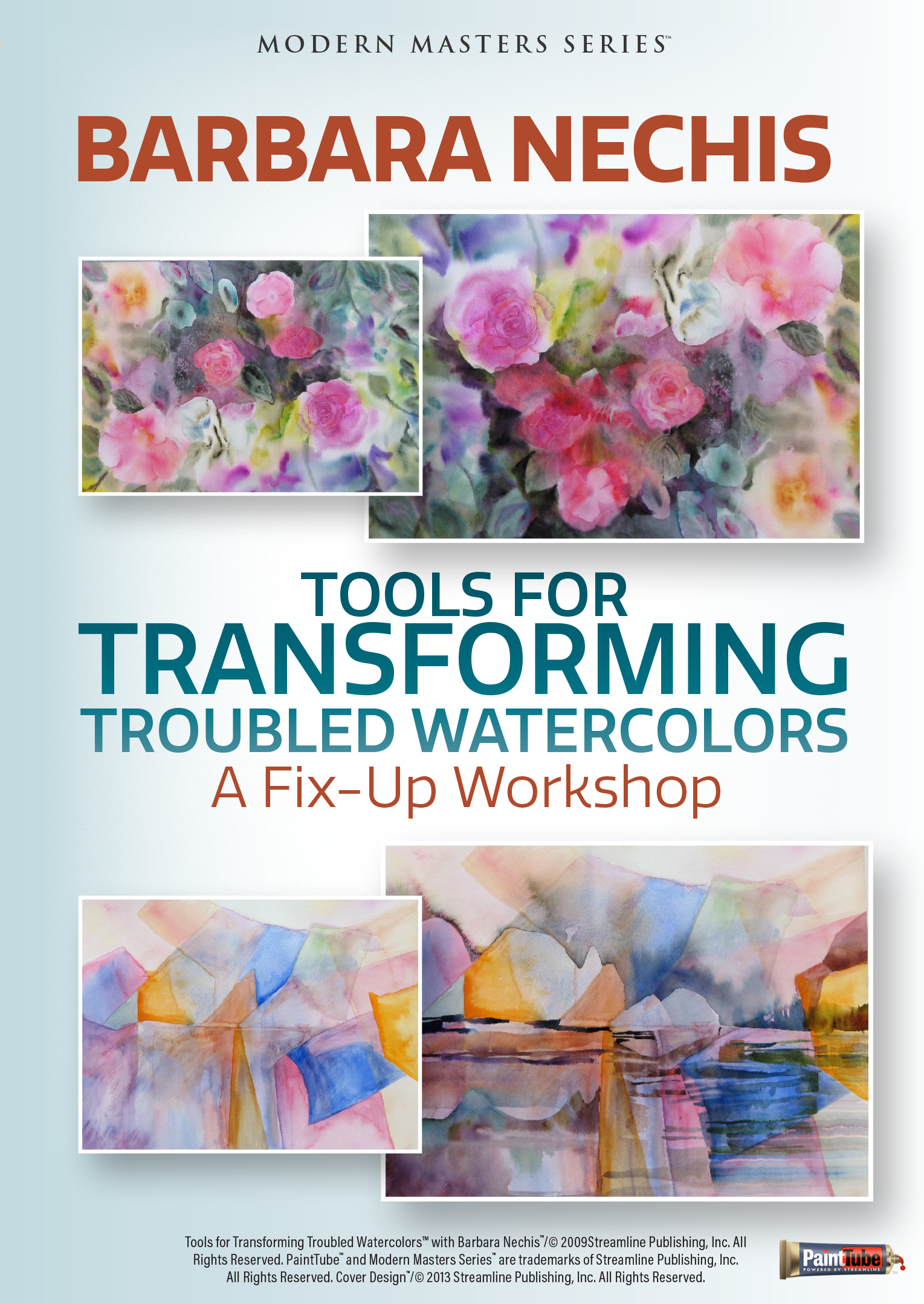






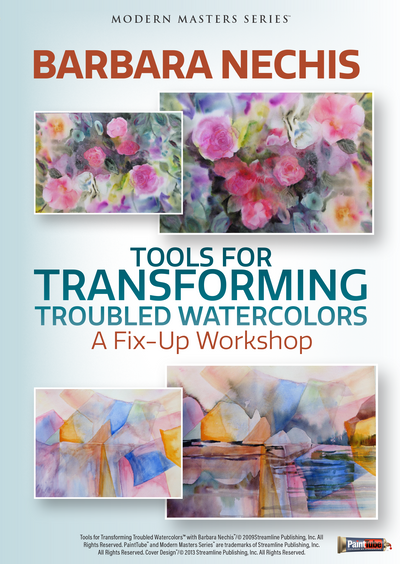
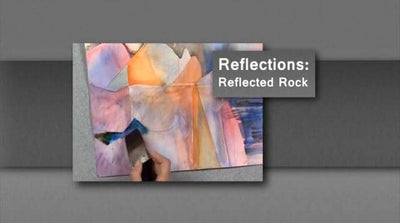
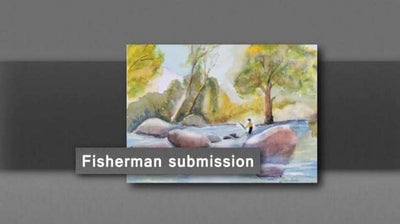
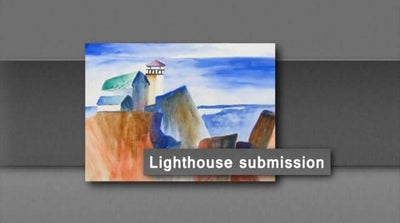
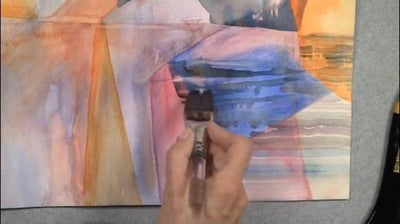
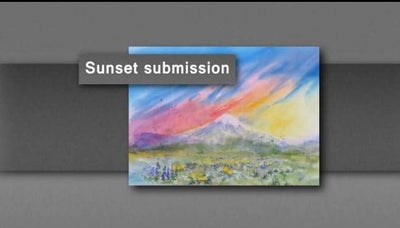
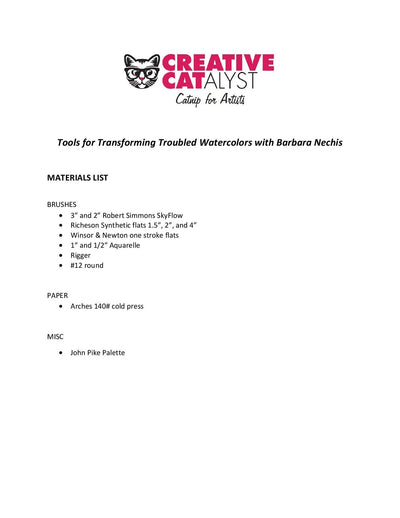
Category: Art, Watercolor
€39,95 
Category: Art, Watercolor
Don't toss your problem watercolors! Let Barbara Nechis show you how to use them as a learning opportunity.
Barbara demonstrates on nine paintings donated by students. She will walk you through her considerations when dealing with a problem piece. She addresses issues like color harmony, linkage, color dominance, and contrasts. You see her vary sizes, cluster shapes, and glaze over colors. She even uses a water bath to totally submerge a painting in order to lift color. The results are not meant to be frame worthy pieces. The value is in what you learn for the next time you face a similar situation. So collect those "disasters" and put them to good use with Barbara Nechis!
ARTIST'S STATEMENT
 I call my work abstract realism. My work falls into a small category between realism and abstraction. Viewers who are wedded to either end of the spectrum are not always able to relate to my work. All of the forms are real to me and come from nature but I usually push them into shapes that could occur but are not necessarily recognizable to others. I hope that these shapes add up to a landscape that most people understand.
I call my work abstract realism. My work falls into a small category between realism and abstraction. Viewers who are wedded to either end of the spectrum are not always able to relate to my work. All of the forms are real to me and come from nature but I usually push them into shapes that could occur but are not necessarily recognizable to others. I hope that these shapes add up to a landscape that most people understand.
I don’t paint with an image in mind. It evolves as I work. The paper and paint seduce me. I rarely start with a subject in mind but anything to do with nature entices me. I never have a clear idea but I work from problems and spend a great deal of time analyzing what is not working and how I can fix it. Unlike many other mediums, watercolor does some of the work for you. It also produces unexpected effects that can’t be repeated so that each painting becomes special.
I use watercolor so that it looks fluid and creates an illusion that the paint arrived magically. By allowing the paint and water to interact and react I celebrate what watercolor does that is unique. The medium does much of the work for me.
My style keeps evolving but my growing vocabulary of shapes is subtly recognizable. There can be an advantage to having a recognizable style but it can also become a trap and if there is no evolution or change the work can look dated. I like it when people get what I am trying to say but it does not affect how I paint.
The true subject of my paintings is probably the act of painting itself. I do get turned on by the shapes in nature and the shapes that I put on the paper reflect this. I love it when I begin to make up a shape and then recognize that it imitates something I have seen in nature. It is important for me not to paint purely for aesthetic reasons. What I try to say has a spiritual component based on my awe of nature.
For me, a good painting is a balance between chance, intuition and technique.
My compositions are usually complex and involve many different objects and shapes. This results in paintings that take time for the viewer to fully discover. When a painting unfolds over time, it makes the work feel fresh forever.
I am mesmerized by Nechis' painting and have found many of her techniques useful when I incorporate them into my own style. I have more than one of her videos and find this one very inspiring. I learned not to give up too soon.
This is my second Barbara Nichis videos, I enjoy them both.